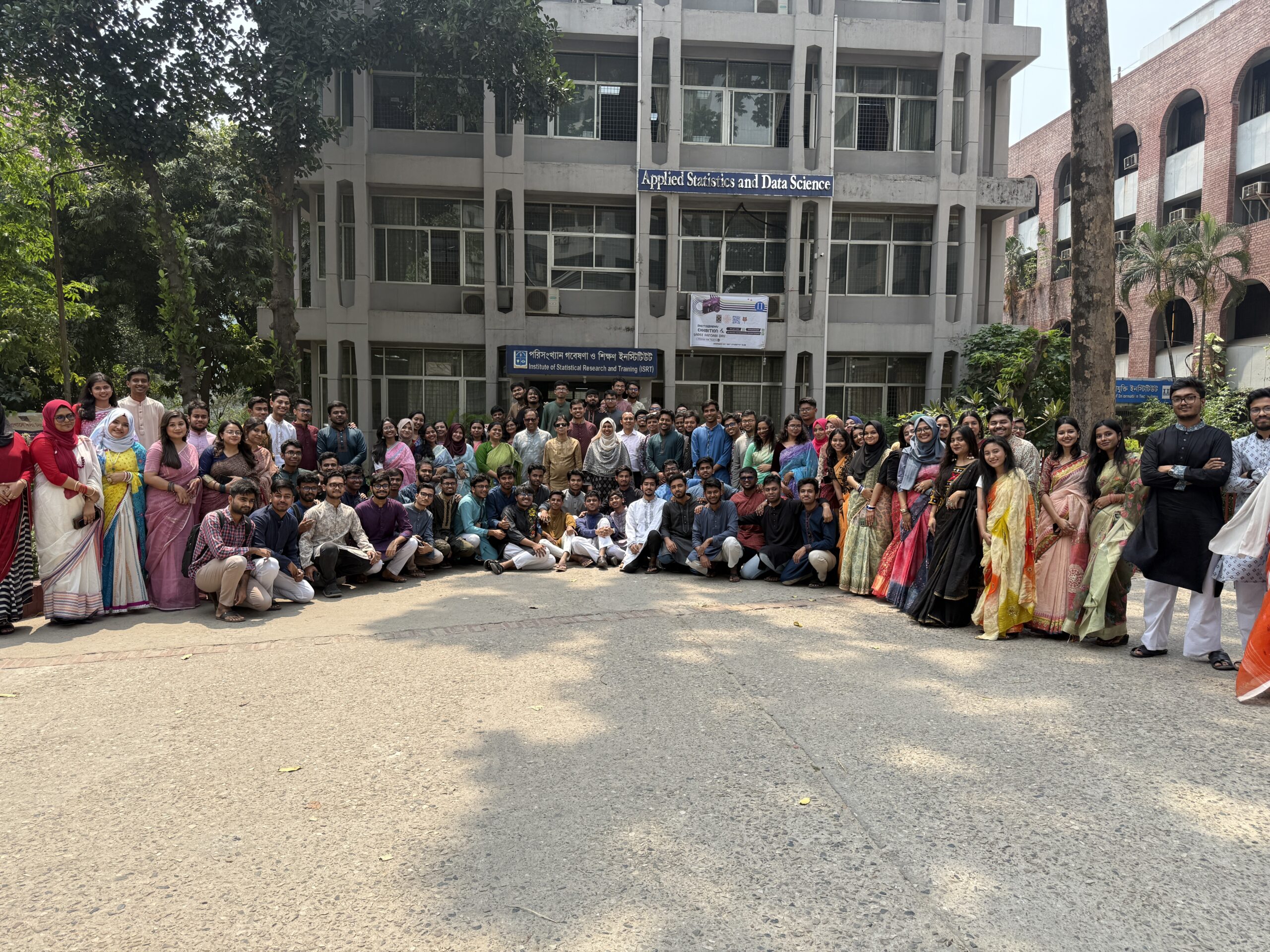
- This event has passed.
Applied Statistics and Data Science Seminar on Thursday, January 4, 2024
January 4, 2024 @ 2:00 pm - 3:30 pm
Title: PARD: Patient-Specific Abnormal Region Detection in Alzheimer’s Disease Studies
Venue and time: ISRT, 2:00 pm
Speaker: Avizit Adhikary, PhD candidate, Florida State University
Abstract:
Alzheimer’s disease (AD) is the primary cause of dementia, leading to cognitive challenges in processing new information, handling complex tasks, and experiencing personality fluctuations. To better understand and treat AD, extensive research is needed to detect abnormal brain regions in an AD patient that can facilitate providing targeted medicine and improve the treatment pathways. However, these regions may vary among the subjects due to the heterogeneity arising from demographic factors such as age and gender. Furthermore, brain cells within a subject have inherent spatial dependence among themselves, and a diseased cell may affect its neighboring cells to an unknown extent. In addition, unmeasured confounders and measurement errors can partially or entirely mask the abnormal regions. All these points make these diseased regions challenging to detect. To this end, we propose a Patient-specific Abnormal Region Detection (PARD) algorithm to identify the heterogeneous diseased regions by solving a Bayesian latent-space variable selection problem. Using Bayesian hierarchical modeling, we account for the heterogeneity among the subjects as a large-scale variability and incorporate the inherent spatial dependence within subjects using ising priors into the latent space. A Gibbs sampling framework is derived for efficiently estimating the model parameters and hyper-parameters. The simulation study shows the superiority of the proposed algorithm over popular unsupervised learning methods. The algorithm is further applied to the resting-state MRI brain scans of subjects collected from Alzheimer’s Disease Neuroimaging Initiative (ADNI), and the detected regions are validated and analyzed by cross-matching with the brain’s default mode network (DMN).




